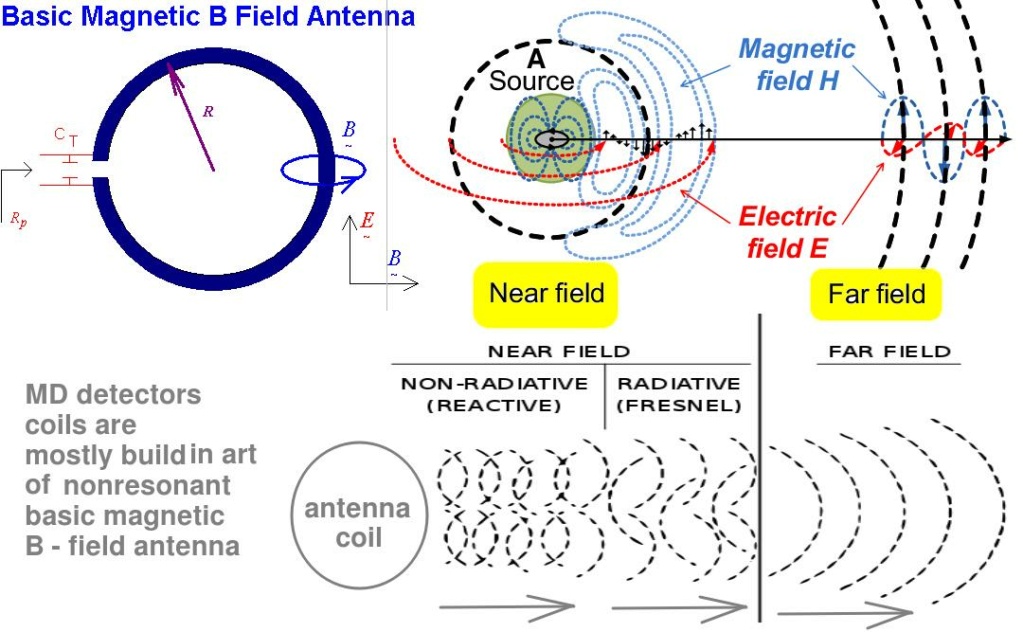merhaba, hesabımda 500uH bobinin 1 kHz frekanstaki empedansını 3.14R olarak buldum.
RG 58U koaksiyel kablo 50R. bu durumda empedans eşitlemesi yoktur.
Sanırım enerji SWR'yi geri yansıtıyor.
Bu sorunun ??z?m? i?in fikirlerinizi arzuluyorum.
Teşekk?r ederim.
RG 58U koaksiyel kablo 50R. bu durumda empedans eşitlemesi yoktur.
Sanırım enerji SWR'yi geri yansıtıyor.
Bu sorunun ??z?m? i?in fikirlerinizi arzuluyorum.
Teşekk?r ederim.


Comment